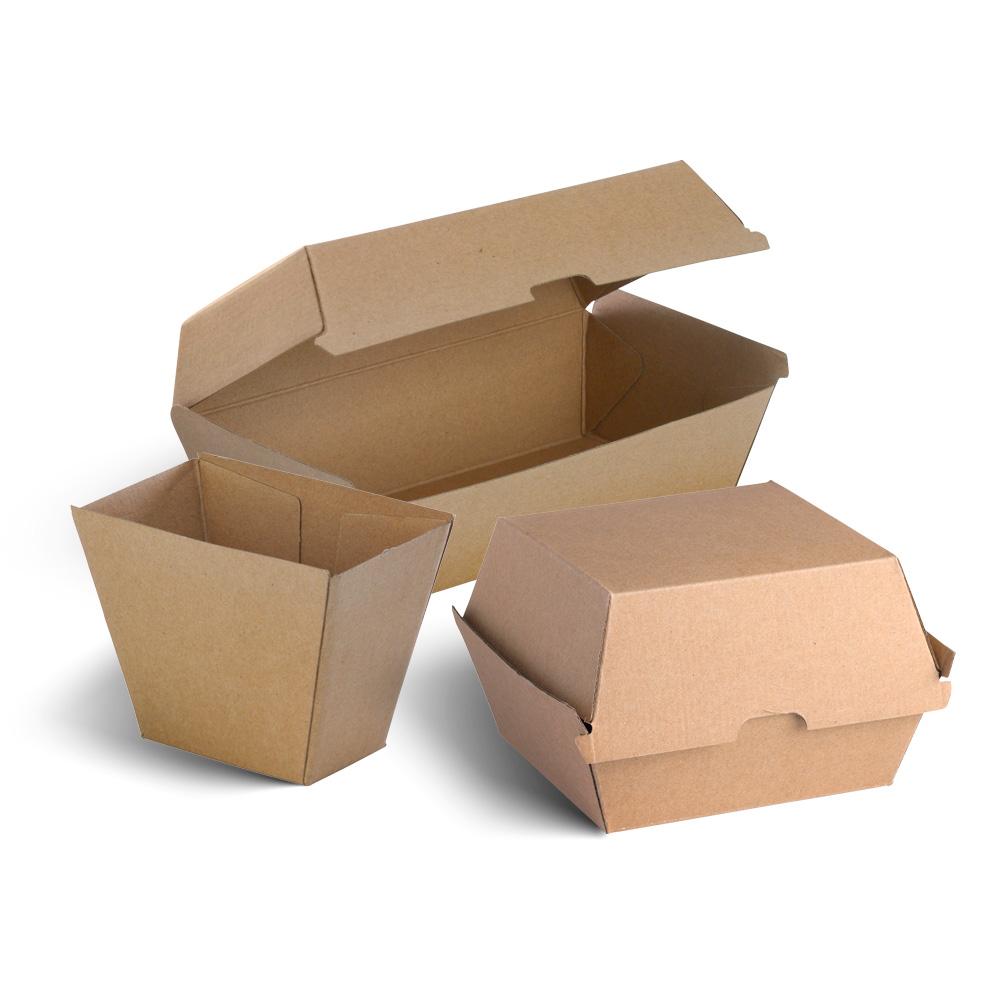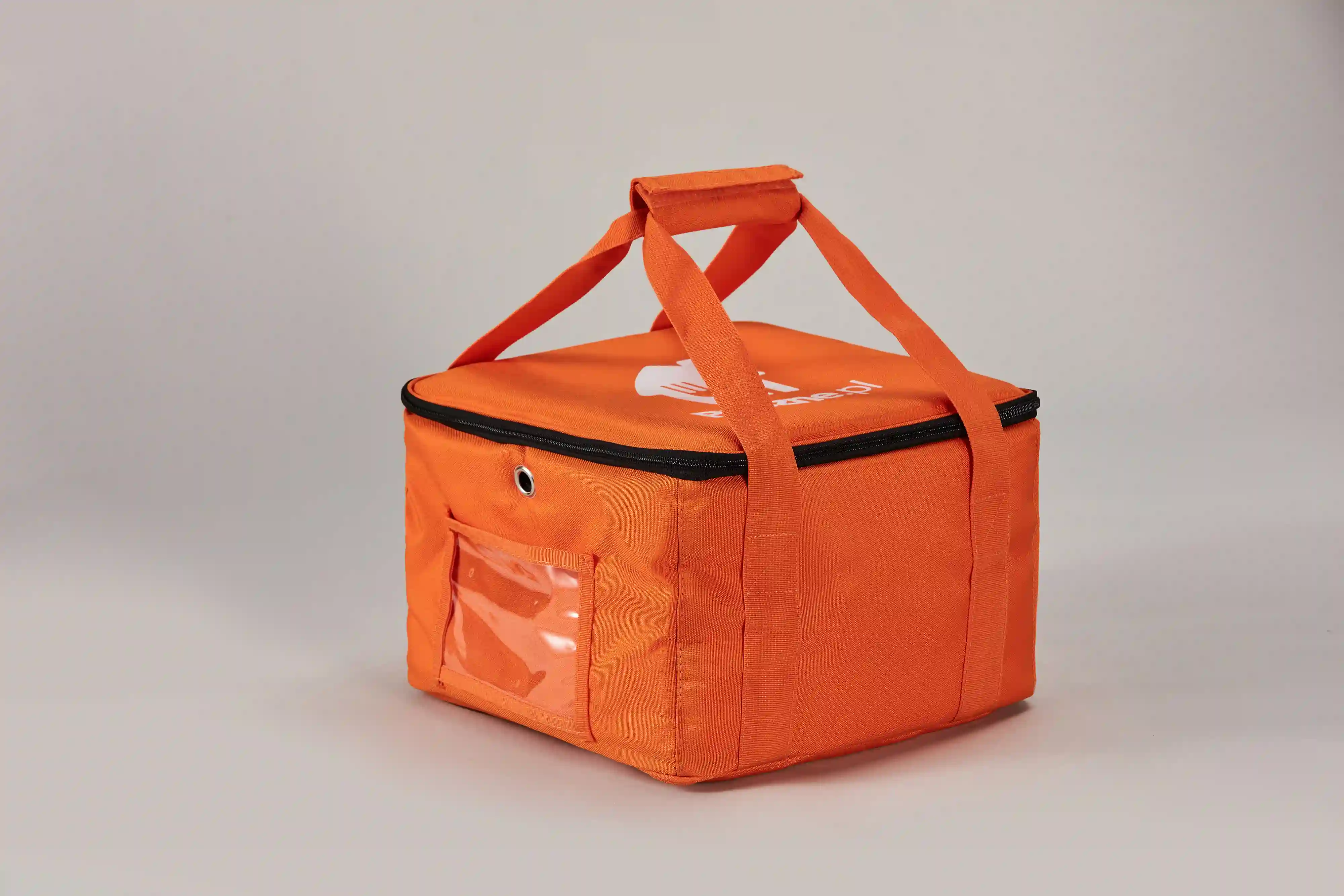
In recent years, there has been a growing emphasis on sustainability and environmental responsibility across various industries. One area that has gained significant attention is packaging, with eco-friendly alternatives becoming increasingly popular. However, many consumers wonder why eco-friendly packaging often comes with a higher price tag. In this blog post, we will delve into the reasons behind the increased cost of eco-friendly packaging, exploring various factors that contribute to its higher price.
- Raw Material Selection:
Eco-friendly packaging materials are typically sourced from renewable resources, such as recycled paper, biodegradable plastics, or plant-based materials. These materials often require specialized manufacturing processes and technologies, which can be more expensive than traditional packaging materials derived from non-renewable resources. Additionally, the limited availability of these sustainable materials can drive up their cost. - Production Techniques:
The production of eco-friendly packaging often involves more complex and resource-intensive techniques compared to conventional packaging. For instance, manufacturing biodegradable plastics requires specific conditions and additives, which can increase production costs. Similarly, the production of recycled paper packaging involves additional steps, such as de-inking and pulping, which add to the overall expenses. - Quality and Durability:
Eco-friendly packaging is designed to be more sustainable and environmentally friendly, but it also needs to meet certain quality standards. Manufacturers invest in research and development to ensure that eco-friendly packaging materials are durable, resistant to moisture, and capable of protecting the products they contain. These additional quality requirements can contribute to the higher cost of eco-friendly packaging. - Certification and Compliance:
To ensure the authenticity and credibility of eco-friendly packaging, certifications and compliance with environmental regulations are necessary. Obtaining these certifications involves additional costs, including audits, inspections, and ongoing monitoring. These expenses are passed on to the consumers, making eco-friendly packaging more expensive. - Limited Economies of Scale:
As eco-friendly packaging is still a relatively niche market, the production volumes are often lower compared to conventional packaging. This limited economies of scale can result in higher manufacturing costs per unit, as the fixed costs are distributed over a smaller quantity. As the demand for eco-friendly packaging continues to grow, economies of scale may improve, leading to potential cost reductions in the future.
Conclusion:
While eco-friendly packaging may come with a higher price compared to traditional packaging, it is essential to consider the long-term benefits and positive environmental impact it offers. The increased cost is a reflection of the sustainable materials, production techniques, quality standards, and certifications involved. As more businesses and consumers prioritize sustainability, the demand for eco-friendly packaging will continue to rise, potentially driving down costs in the future.


